About the Beelink SEi14
A compact AI powerhouse featuring Intel’s 14-core Ultra 5 125H (4P+8E+2LP-E), 32GB DDR5 RAM, and Intel Arc graphics—optimized for productivity, gaming, and local AI tasks. With Thunderbolt 4, dual M.2 slots, and whisper-quiet 32dB cooling, it balances performance and efficiency in a 0.8L chassis.
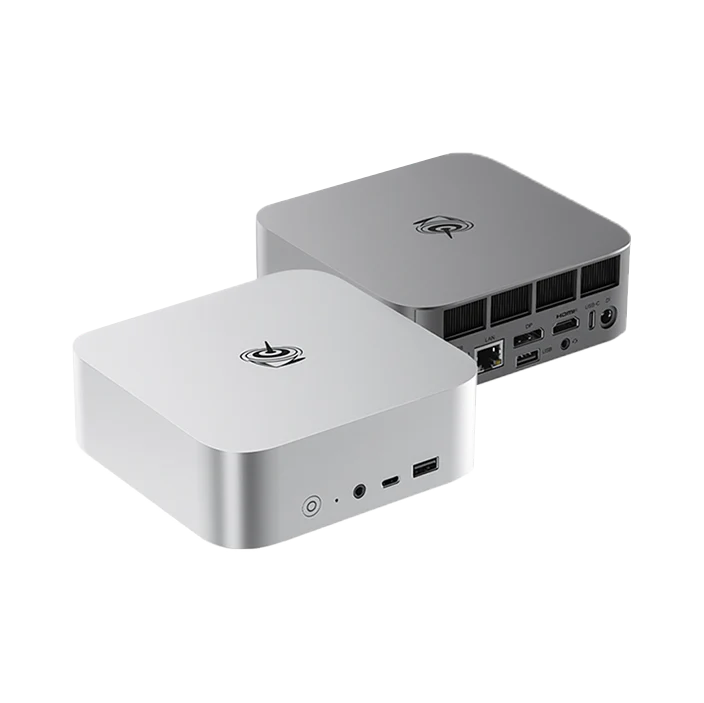
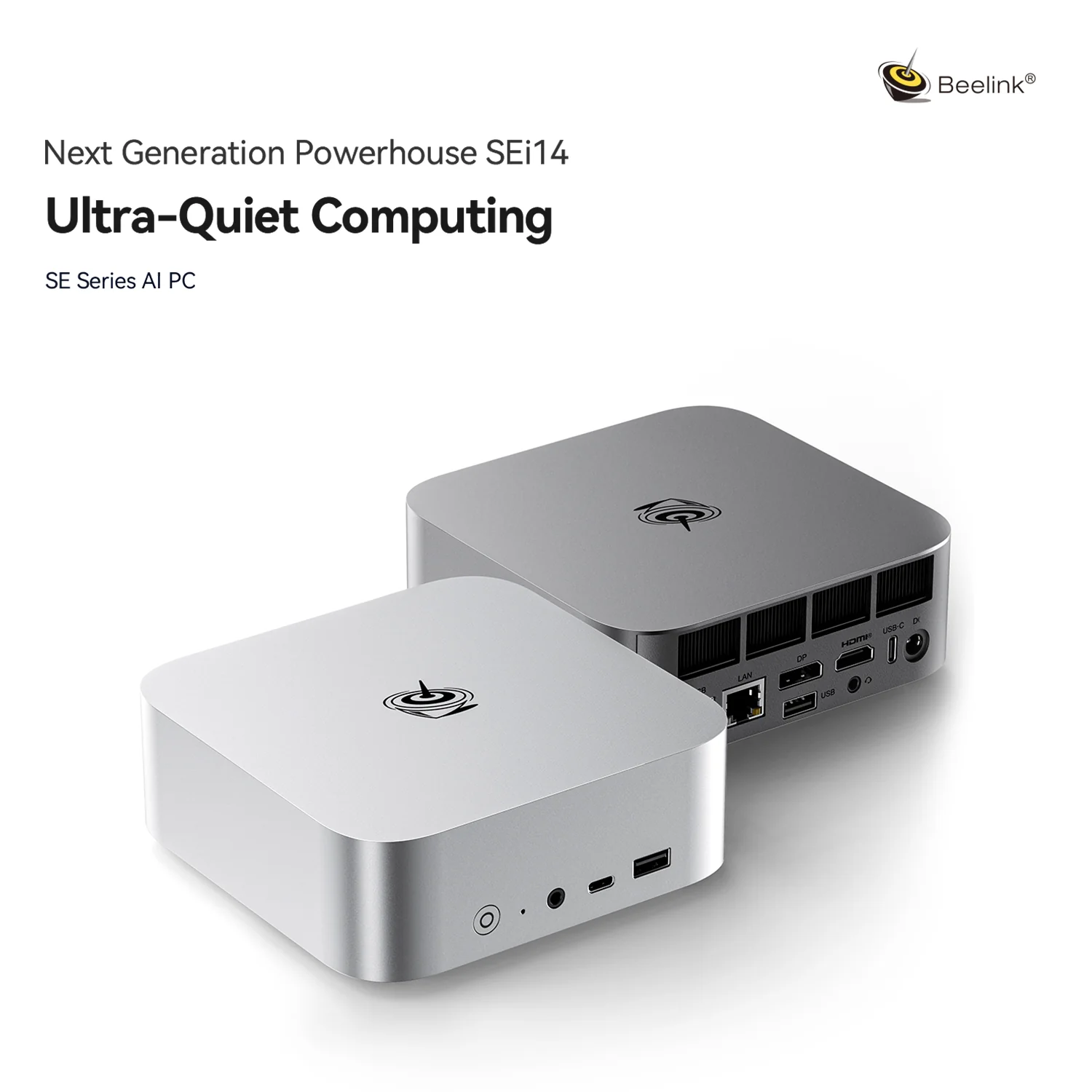

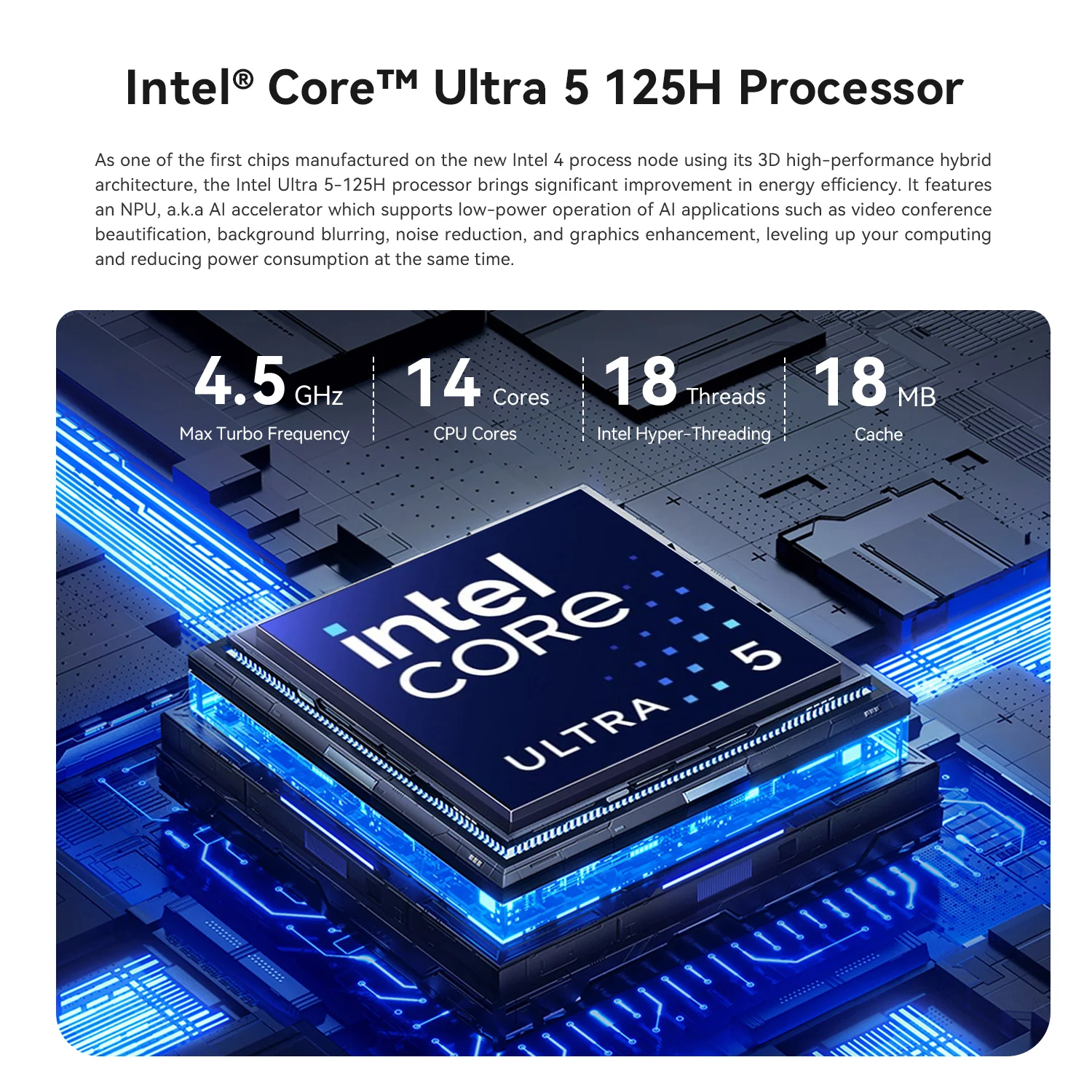
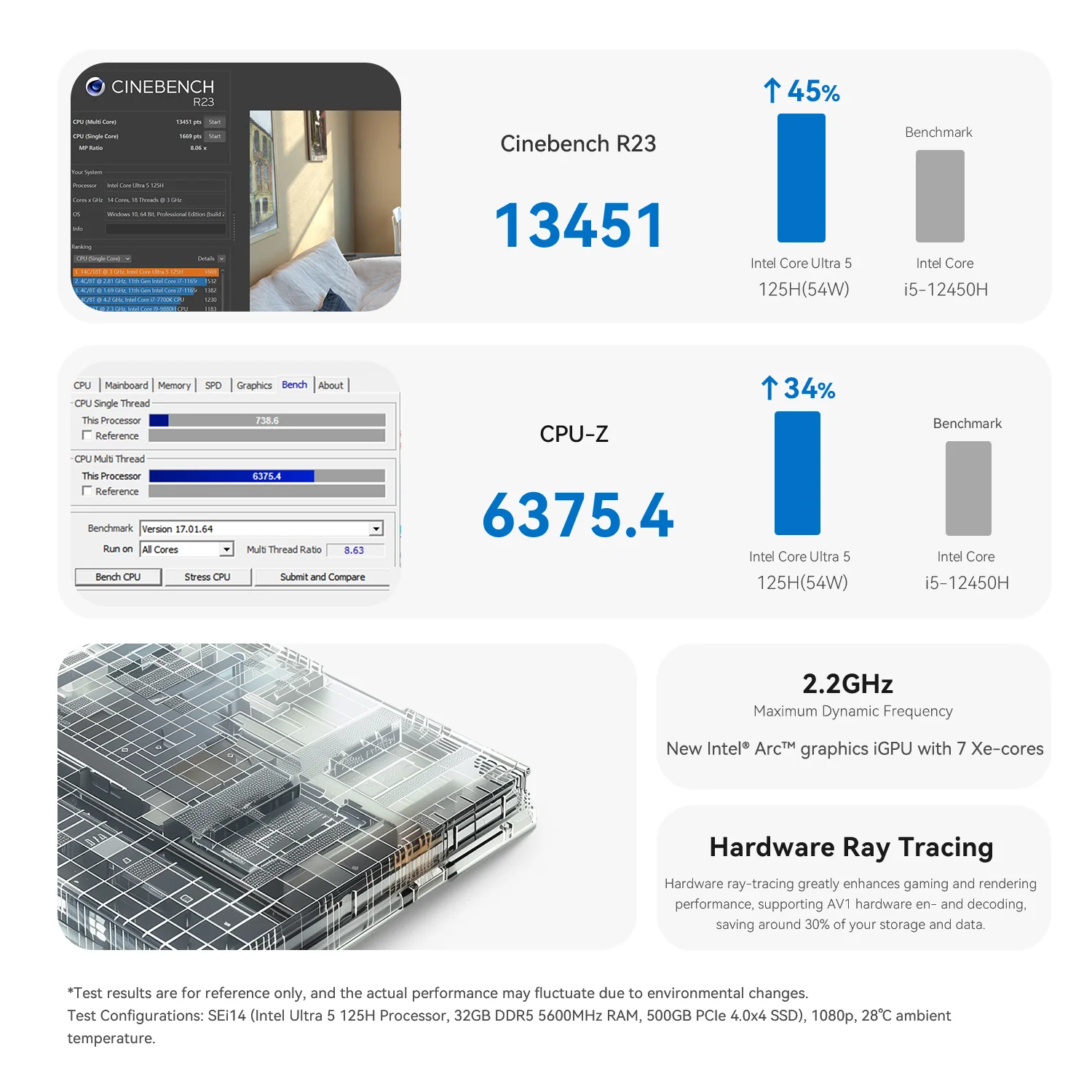
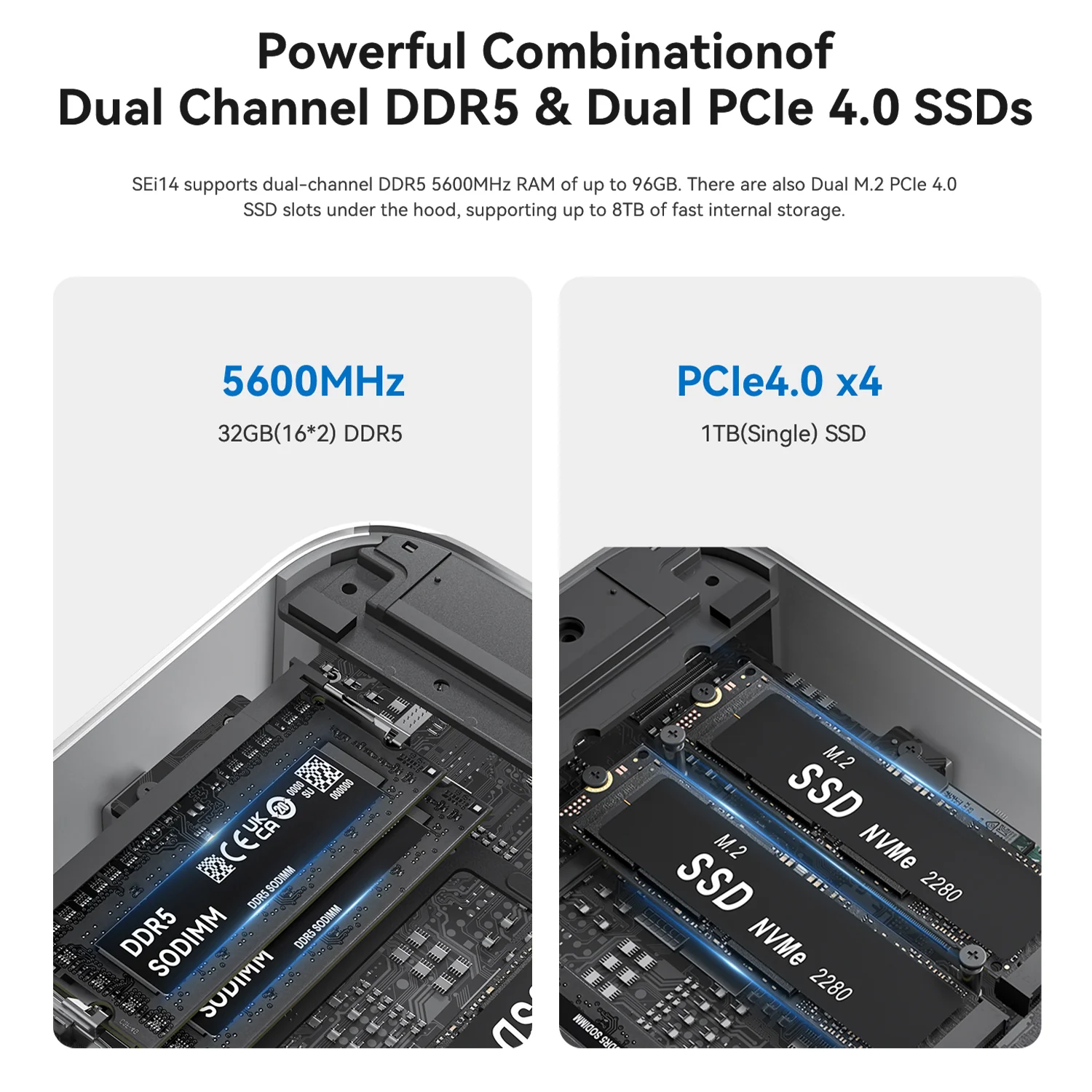
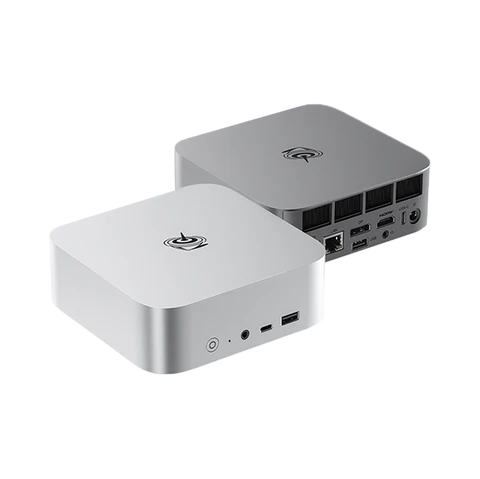
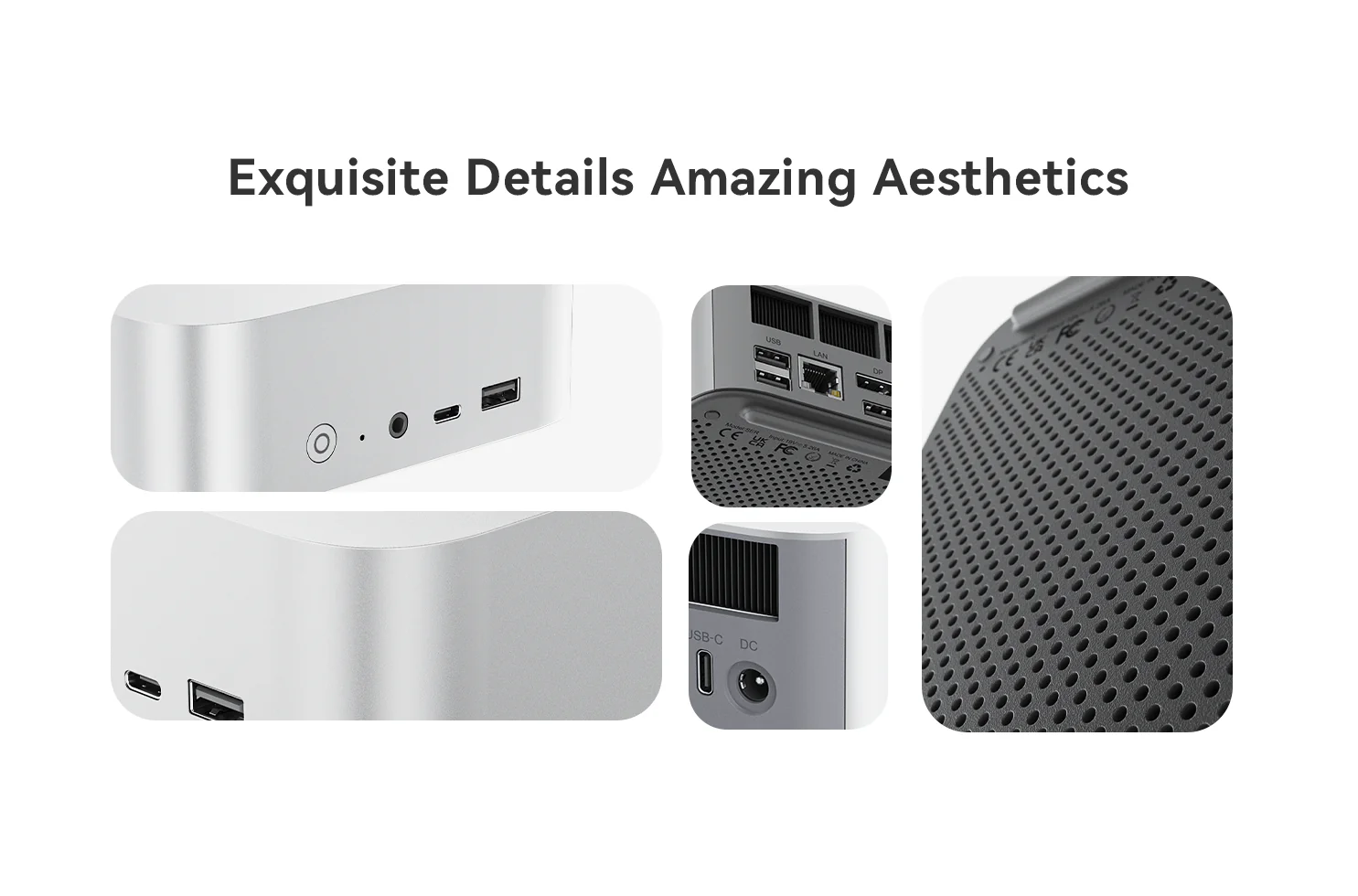
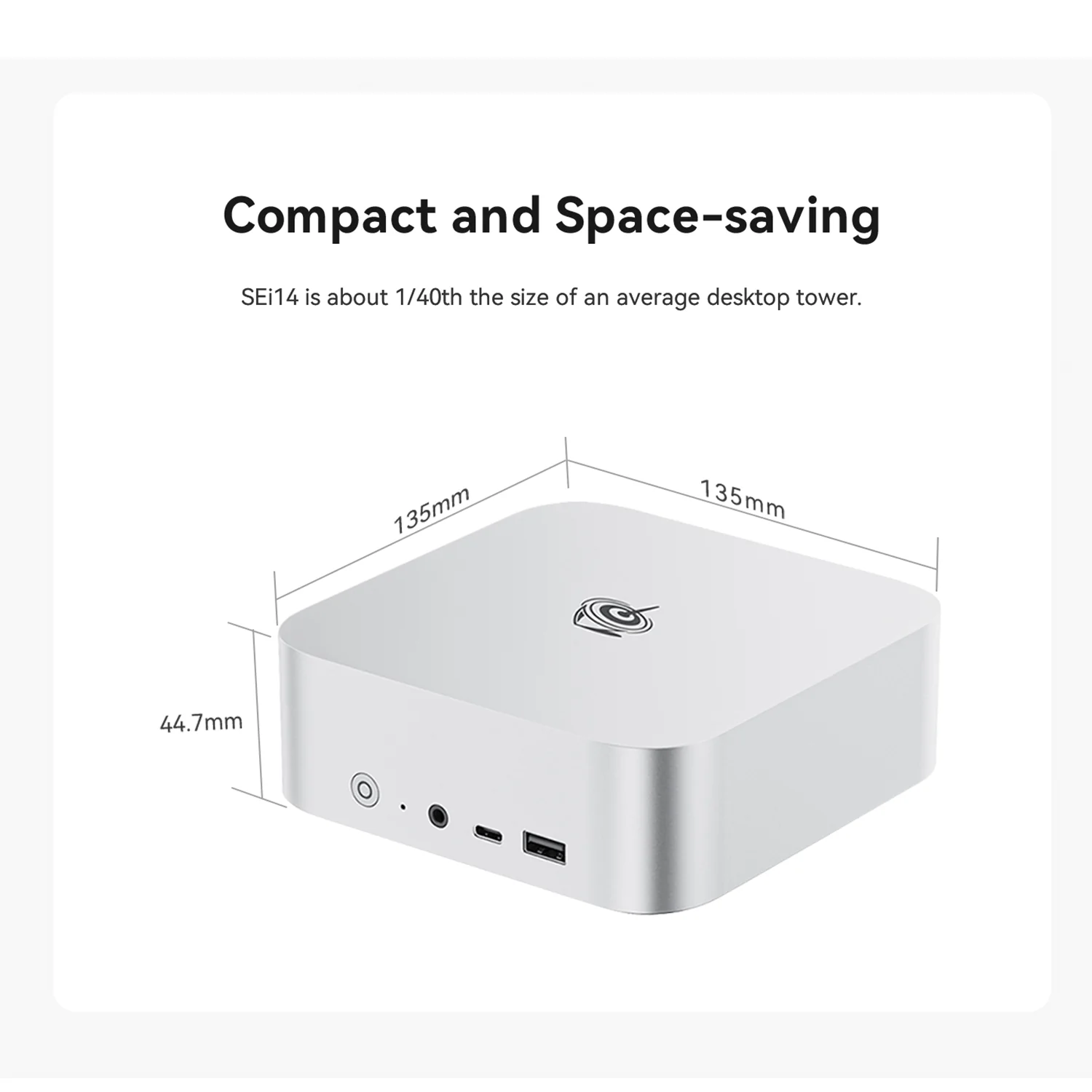



Comments
Login to post a comment.
No comments yet. Be the first to comment!